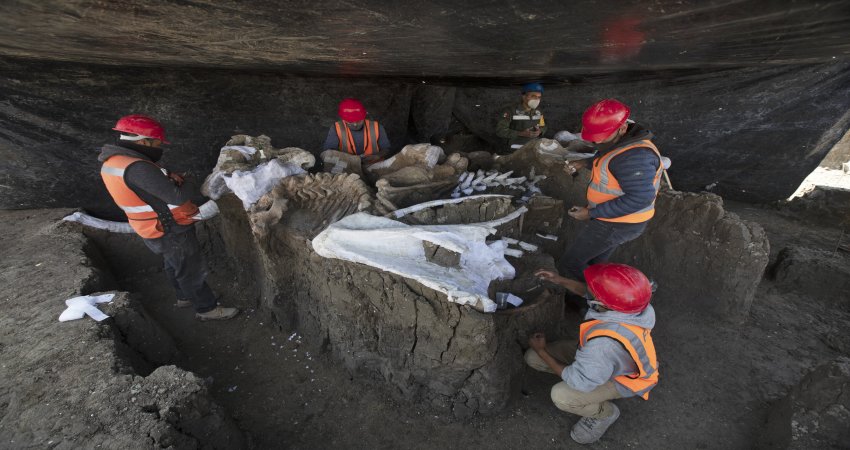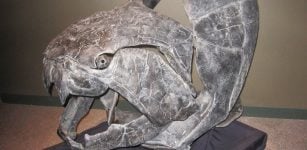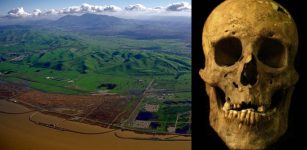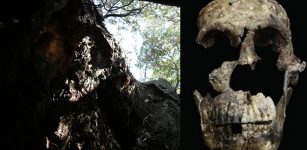Humans Arrived In North America 10,000 Years Earlier Than Previously Suggested
MessageToEagle.com – Until now, it was believed that humans created first settlement in North America approximately 14,000 years ago.
The arrival into the continent across the Bering Strait has now been set back 10,000 years, according to a recent study conducted by scientists from the Université de Montréal’ and University of Oxford.
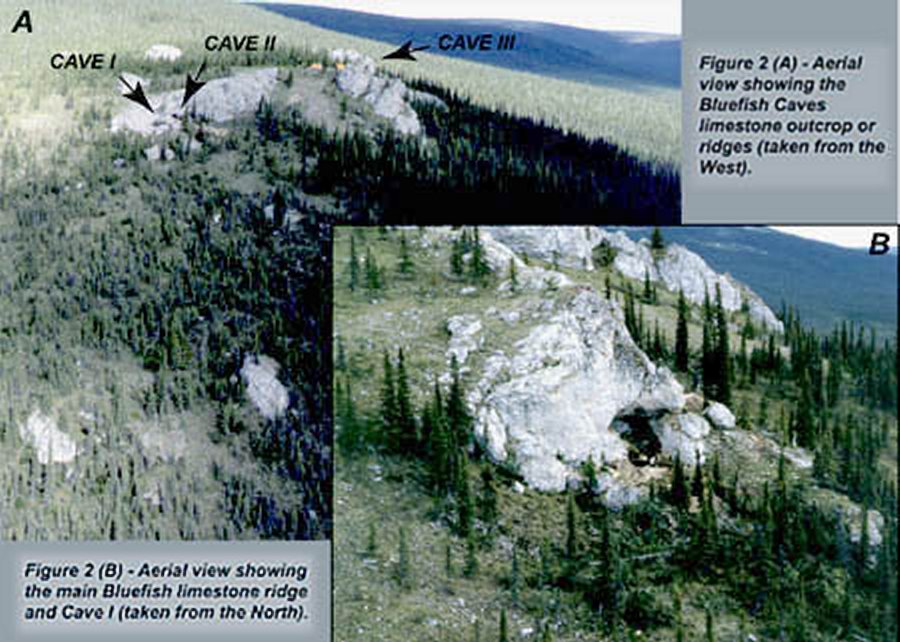
The researchers made their discovery using artifacts from the Bluefish Caves, located on the banks of the Bluefish River in northern Yukon near the Alaska border. Animal bones discovered about decades ago in the northwestern Yukon’s Bluefish caves in Canada show evidence of marks left by human-made tools.
See also:
Mystery Of The Yaghan People: The First True Discoverers Of America?
New Controversial Evidence – Ancient Chinese Visited America 2,500 Years Ago
Buhl Woman Of Idaho: One Of The Oldest Skeletons In North America
For example, the oldest fragment of a horse mandible was radiocarbon-dated at 19,650 years, which is equivalent to between 23,000 and 24,000 years ago, at the height of the last ice age or Last Glacial Maximum.
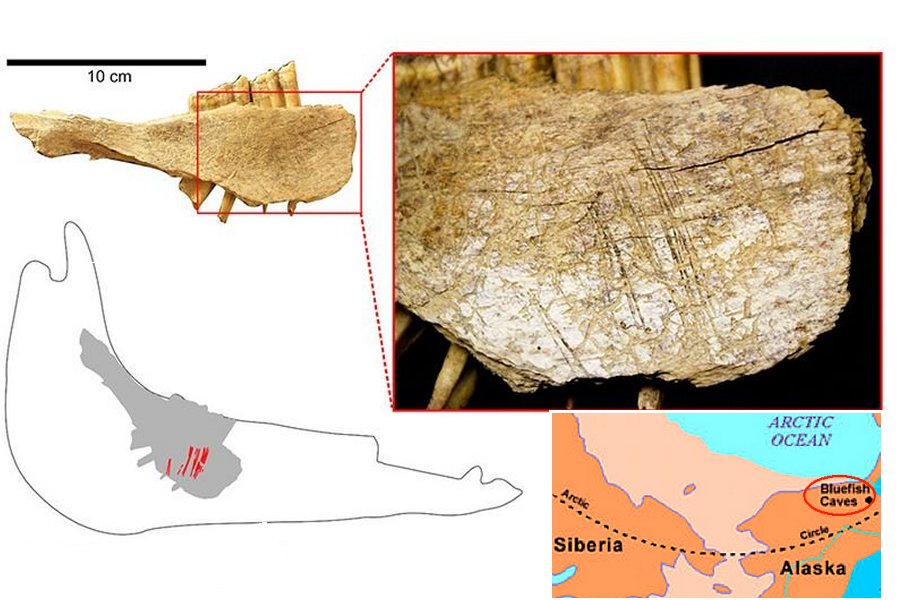
About 36,000 bone fragments recovered from the Yukon’s Bluefish caves and preserved at the Canadian Museum of History in Gatineau, have been examioned.
Analysis revealed undeniable traces of human activity in 15 bones. Around 20 other fragments also showed probable traces of the same type of activity.
“Series of straight, V-shaped lines on the surface of the bones were made by stone tools used to skin animals,” said Ariane Burke, a professor in Université de Montréal’s Department of Anthropology.
“These are indisputable cut-marks created by humans.”
“Our discovery confirms previous analyses and demonstrates that this is the earliest known site of human settlement in Canada,” said Burke. It shows that Eastern Beringia was inhabited during the last ice age.”
MessageToEagle.com


